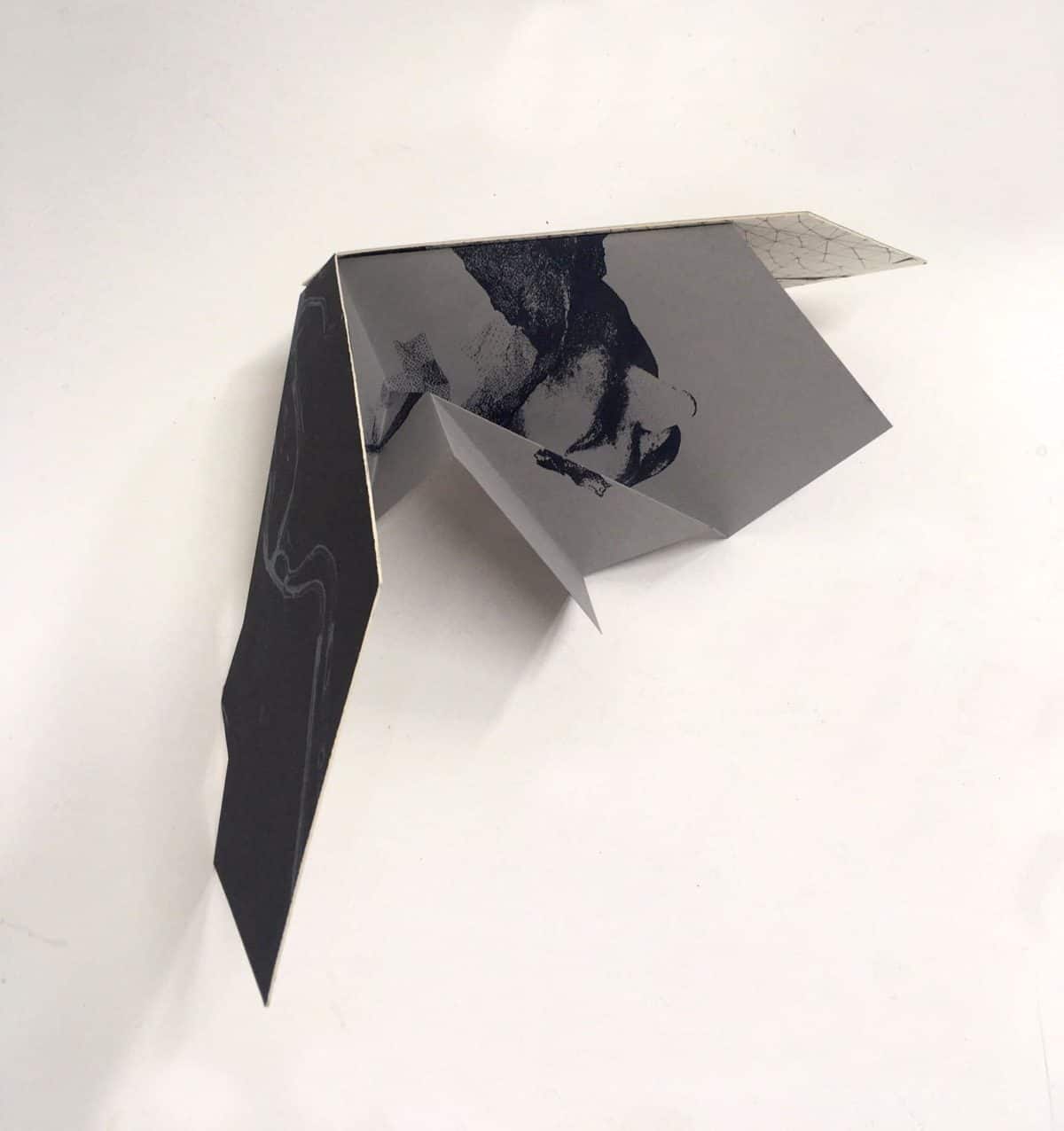“Animism IS divergence & convergence, naturally.”
Dare Sohei leads the group through sensational awareness, faux vs. fawn behavioral communication, and the ‘heart beat’ pattern of regulation. The group comes to terms with “the disassociation of privilege” and how we might help direct our spheres of influence toward egalitarian inclusion.
The outline of the talk reflects answers to the following five questions:
1. How might disconnection from tough questions be similar to tough movements? How might they be different?
2. If you could describe the most seen and heard in movement culture world (person, behavior, or aesthetic – one or more than one, but please denote which) in three words, what would they be?
3. Do you follow any minorities within the realm of movement? If so, how did you find them?
4. How is the ability to have a ‘movement practice’ a marker of privilege?
5. How might you be reinforcing wellness and ableism* as privilege? How might you be a part of the solution?
II.
III.
1. Disconnection reduces options in movement and is often related to a lack of awareness. The same is true of tough questions–disconnection reduces empathy and compassion. It, too, is often related to a lack of awareness. They are different in that I think it’s actually easier to create connections in movement with the right support and guidance. When an outside observer helps you feel the lack of connection, this can lead to curiosity and inquiry around the physical body. While the same is true of tough questions, it requires an open mind to the outside observer. Often, emotion and bias gets in the way before tough questions have the opportunity to be answered objectively.
5. While I work with all body shapes and conditions, I am also expensive, limiting the amount of people who can access my services. I am also an able bodied caucasian female; anyone who follows my work can easily point out that I can’t fully understand what it’s like to not be able to perform certain movements because of size, or not feel stigma regarding my movement choices because of cultural reasons. I believe in accessibility, and I do think doing things like posting free practices once a month on YouTube (which I try to do) and free information in the form of blogs is a way to make the information accessible for those who can’t afford trainings or who don’t have access to movement professionals. I strive to make information as accessible as possible and continuing to educate myself on things like power and privilege is a way to make strides towards reducing the dynamic between underserved populations and movement professionals.
IV.
1. I stiffen and freeze with questions, and I disregard the whole of tough movements, and question their significance. I detach and protect.
2. AESTHETIC – pretty, graceful, easy. PERSON – answers, thief, dictator. BEHAVIOR – mirror, mimic, inclusion (as in wants to be part of a group, and does ‘weird stuff’ proudly in public to showcase what sect they belong to).
3. Asians have been the most non-white people I’ve naturally come across in movement media circles, and several have become colleagues through Thinkmovement. Dare’s work, I believe through Axis Syllabus, and Melise Marie (@miliseymo), and African American climber I was led to by Nicole Uno.
4. You can call what you do a practice, which has an elite connotation, like you’ve risen above the regular. You have private time and space and/or facilities to conjure up things to do and study. You are safe and secure enough to have consistent ‘you’ time.
5. I ask people that see me privately to pay me. I ask them to come to my house revolving around my availability. In the past I have disregarded the kids who chose other sections of PE as non-thinkers instead of the reality of they simply prefer other things, other ways. Solution wise, I try to create the culture I wish was more mainstream. I offer kids of color and low SES what privileged white people are paying thousands for. I take what I learn and try to give it away, and make it accessible to everyone. I am becoming aware of my own innate biases, and this awareness is changing my behavior and relationships with people.
PART II of this discussion, focusing on the socio-cultural aspects of privilege in Movement Culture, can be found here.
Dare Sohei facilitates with a trauma informed frame that combines neurobiology and liberatory equity principles to help people and organizations undo oppressive cultural programming and re-establish healthy nervous system behaviors in relationships. His animist counseling website can be found at bodyaltar.org.

